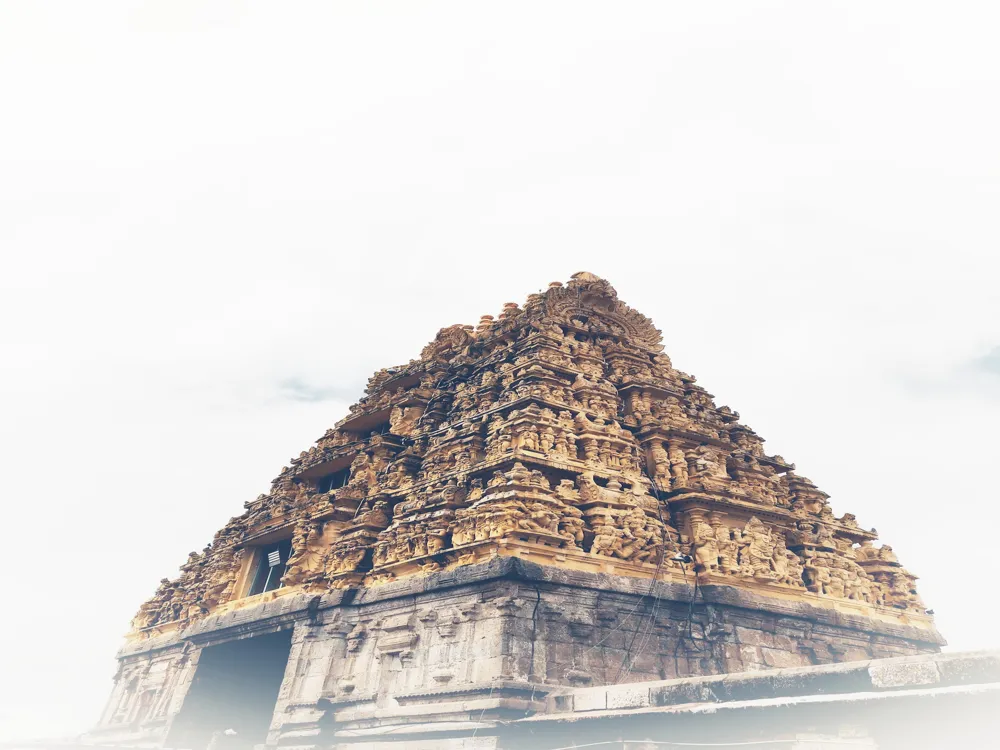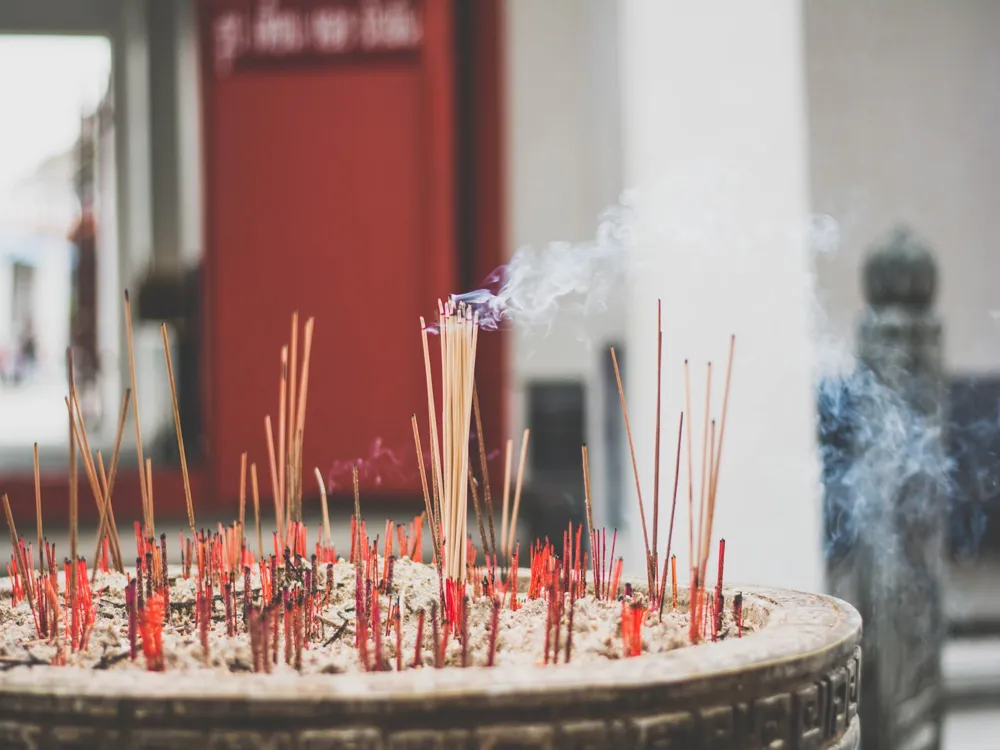Best Time to Visit Halebid
Karnataka India
19 out of 62 Places to visit in KarnatakaNaN onwards View Packages
Get Customized PackagesThe Land of Diversity
Top Hotel Collections

Private Pool

Luxury Hotels

5-Star Hotels

Pet Friendly
What is the Best Time to Visit Halebid?
When it comes to planning a trip to Halebid, timing is everything. The quaint town, nestled in the heart of Karnataka, India, boasts a rich tapestry of cultural and historical wonders. To ensure you experience the best that Halebid has to offer, understanding the nuances of its seasonal variations is key.
More about Best Time to Travel to Halebid
Travel Peak Season in Halebid
The peak season in Halebid spans from October to March, aligning with the post-monsoon and winter months. During this period, the weather is at its most pleasant, with mild temperatures and clear skies. This season is ideal for exploring the architectural marvels that define Halebid, such as the renowned Hoysaleswara Temple and the Kedareshwara Temple.
Travel Offseason in Halebid
For those seeking a more tranquil experience, the offseason from April to June may be the perfect choice. While temperatures rise during these months, and the weather tends to be hotter, this period offers the advantage of fewer tourists. This allows for a more intimate exploration of Halebid's attractions without the crowds.
Halebid Travel Packages
View All Packages For Halebid
Halebid in Shoulder Season
The transition months of September and April mark the shoulder seasons in Halebid. During these times, the weather begins to shift, offering a mix of both the cool and warm aspects of different seasons. It's a strategic compromise, allowing visitors to enjoy a more moderate climate while still avoiding the peak crowds.
Halebid in Hot Season
The hot season, from April to June, presents a unique experience for travelers willing to embrace warmer temperatures. Despite the heat, this period unveils a different side of Halebid, with vibrant landscapes and a slower pace. It's an excellent opportunity for those who prefer a more relaxed atmosphere and are willing to plan their explorations accordingly.
Halebid in Rainy Season
The monsoon, covering the months from July to September, brings a refreshing change to Halebid. While the rain may limit outdoor activities, it transforms the surroundings into a lush green paradise. This season appeals to nature enthusiasts, offering a chance to witness the region's flora and fauna in full bloom.
Halebid in Cool Season
From October to March, Halebid experiences its cool season, characterized by mild temperatures and clear skies. This is the peak tourist season, attracting history buffs and architecture aficionados from around the globe. The cool weather enhances the overall experience, allowing for unhurried explorations and a deeper connection with Halebid's historical significance.
Places To Visit In Halebid
View All Places To Visit In HalebiduNearby Places Halebid
Halebid Photos
Browse Package Collections
Browse Hotel Collections
Faq
Q: When is the best time to visit Halebid?
A: The ideal time to visit Halebid is during the winter months, from October to March. The weather during this period is pleasant, with temperatures ranging from 15°C to 30°C (59°F to 86°F), making it comfortable for exploring the historical sites and enjoying outdoor activities.
Q: Is Halebid suitable for a summer visit?
A: While Halebid can be visited in the summer months (April to June), it experiences hot temperatures ranging from 25°C to 38°C (77°F to 100°F). If you can tolerate the heat, you can still explore the attractions; however, it's advisable to carry sunscreen and stay hydrated.
Q: Are there any specific events or festivals that enhance the Halebid experience?
A: Consider planning your visit during the Hoysala Mahotsava, a grand celebration of dance, music, and art that takes place in Halebid during March. This festival adds a cultural charm to your trip, providing a unique opportunity to witness traditional performances against the backdrop of the historical monuments.
Q: How crowded does Halebid get during peak tourist seasons?
A: The winter months (October to March) are considered the peak tourist season for Halebid. During this time, the attractions may experience increased footfall. If you prefer a quieter experience, visiting during the shoulder seasons, such as early October or late March, might be a good compromise between favorable weather and fewer crowds.
Q: Can Halebid be visited during the monsoon season?
A: Halebid experiences the monsoon season from July to September. While the lush green surroundings during this time can be visually appealing, heavy rainfall may disrupt travel plans and outdoor activities. It's recommended to check weather forecasts and road conditions before planning a visit during the monsoon.


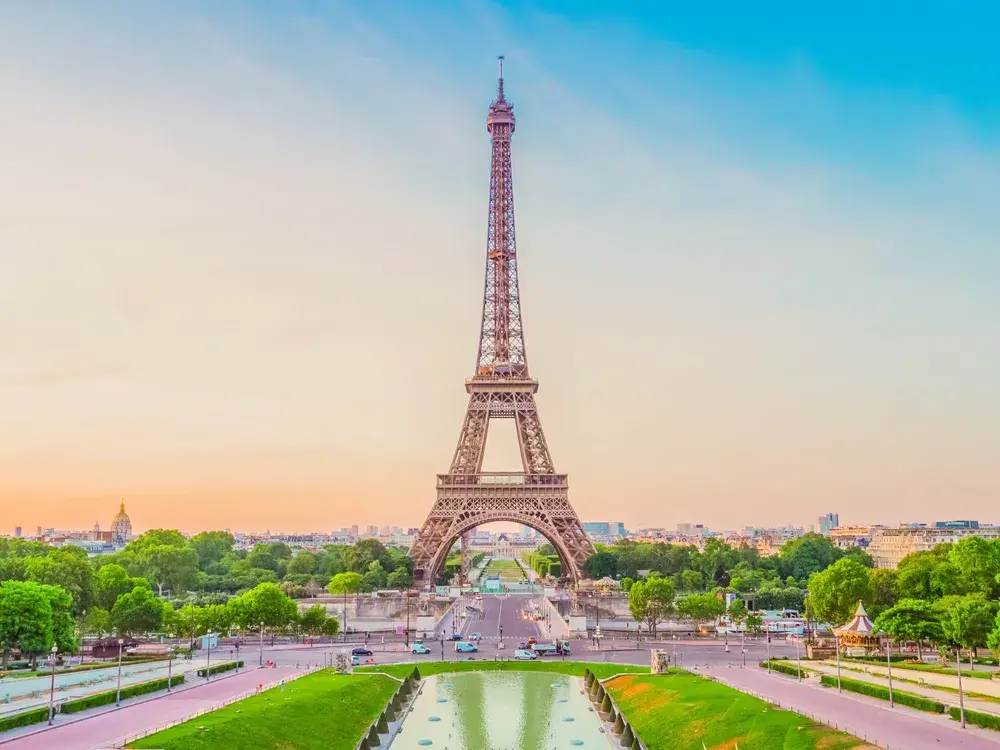
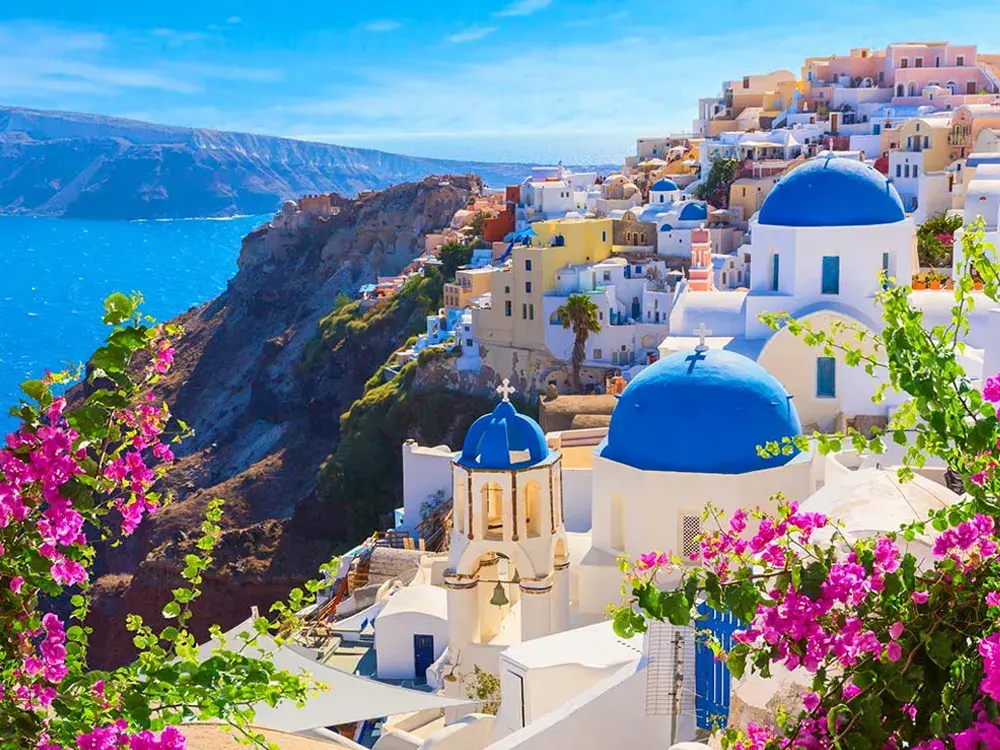

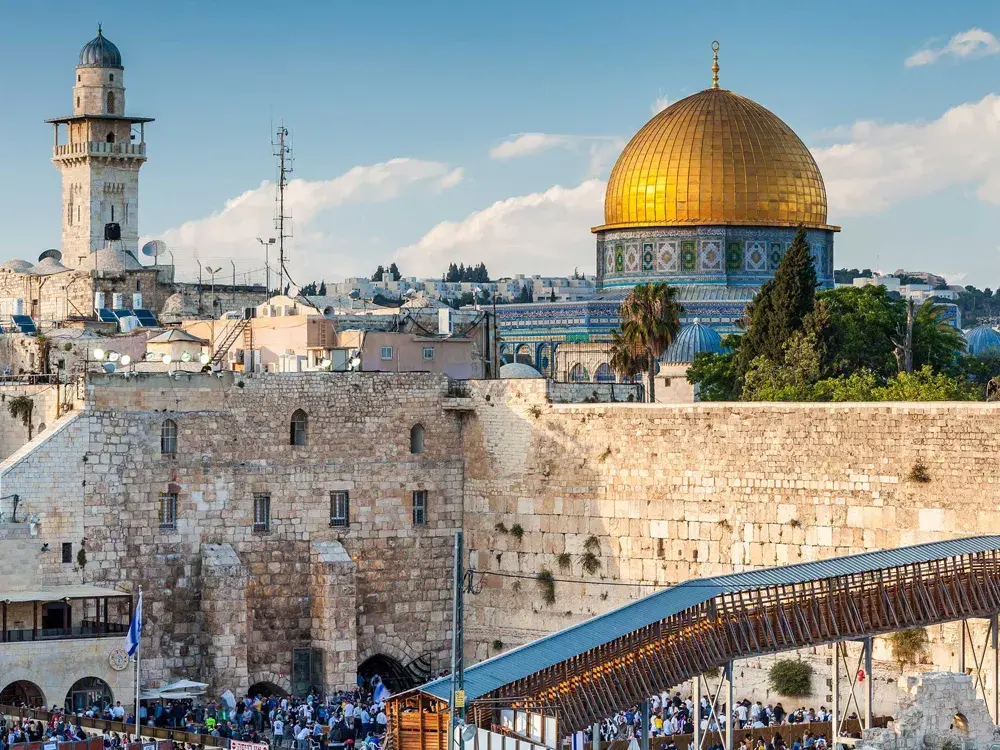
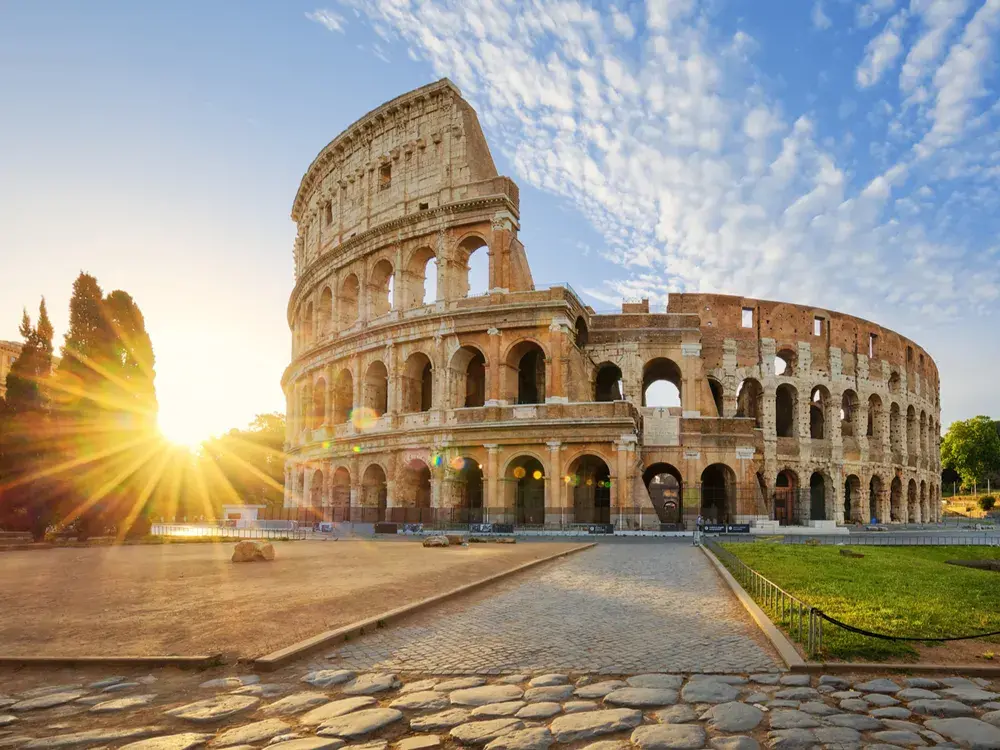
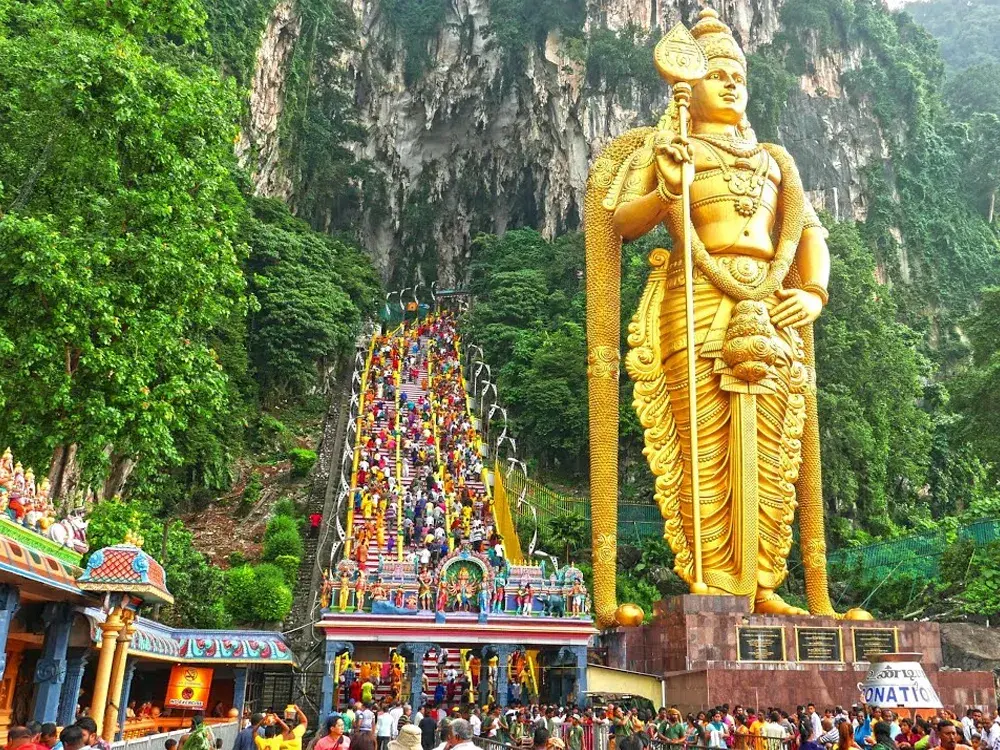
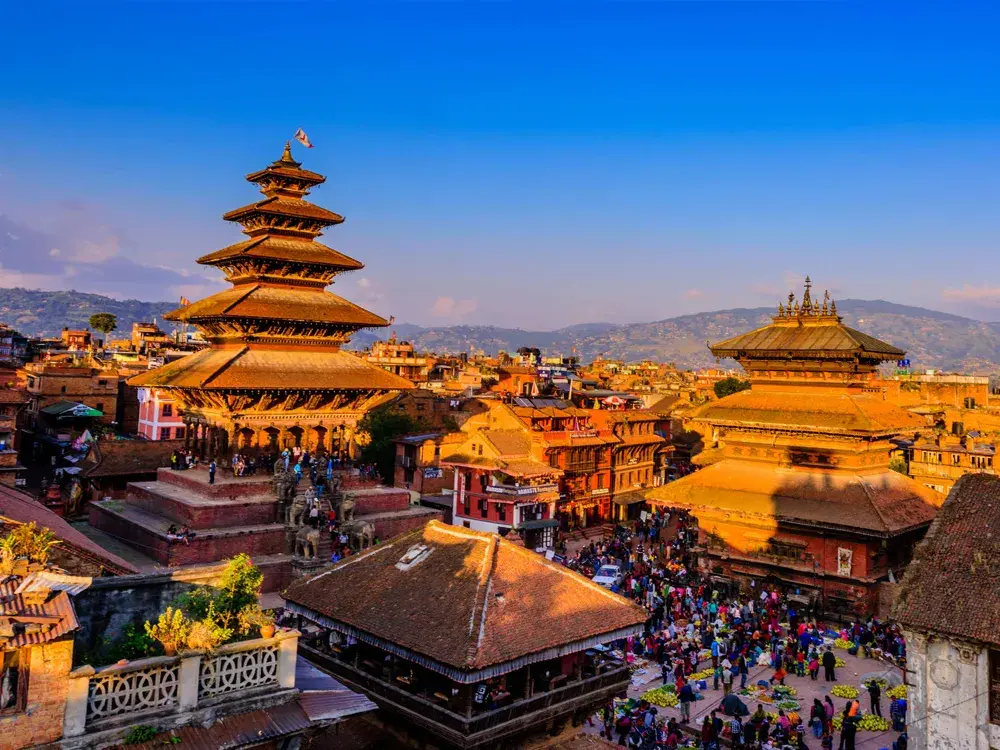
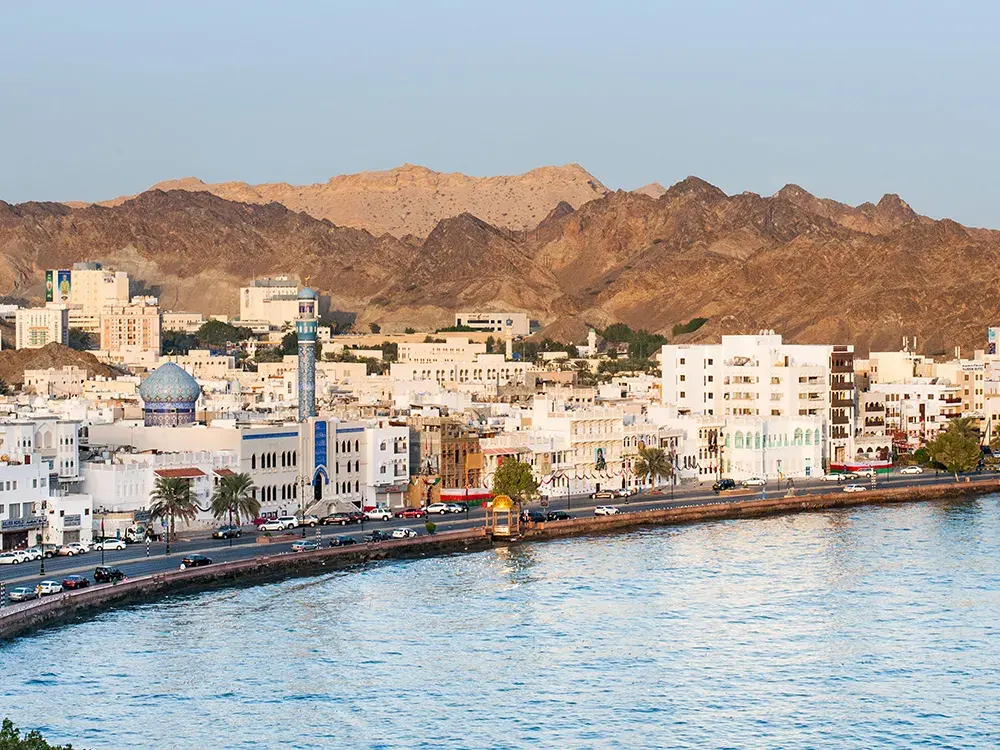
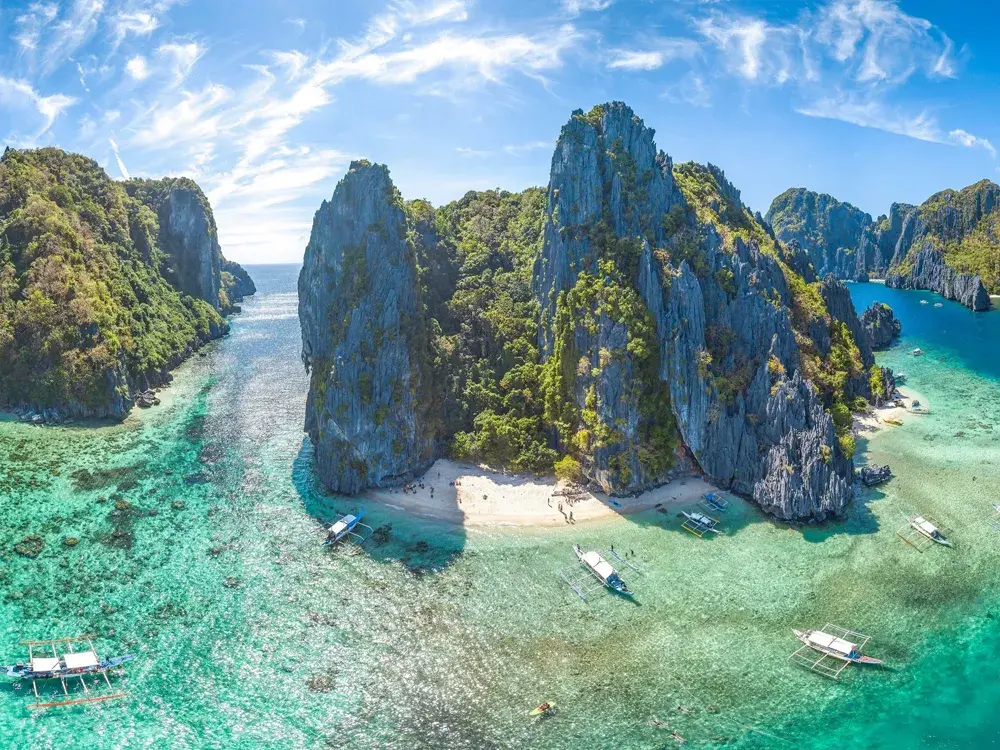

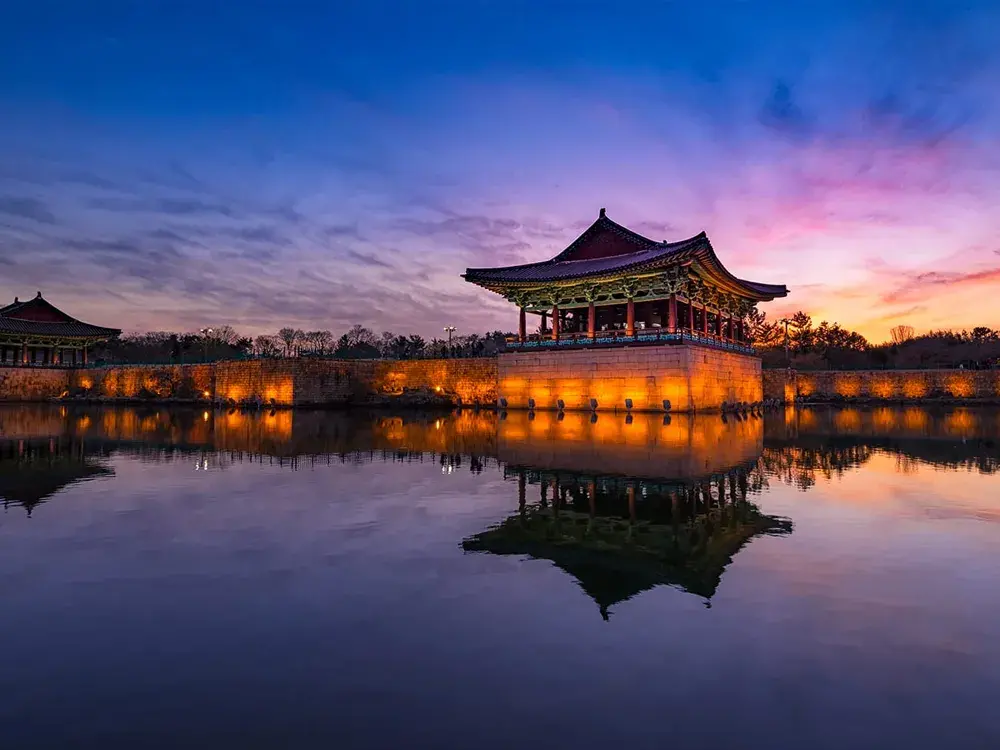
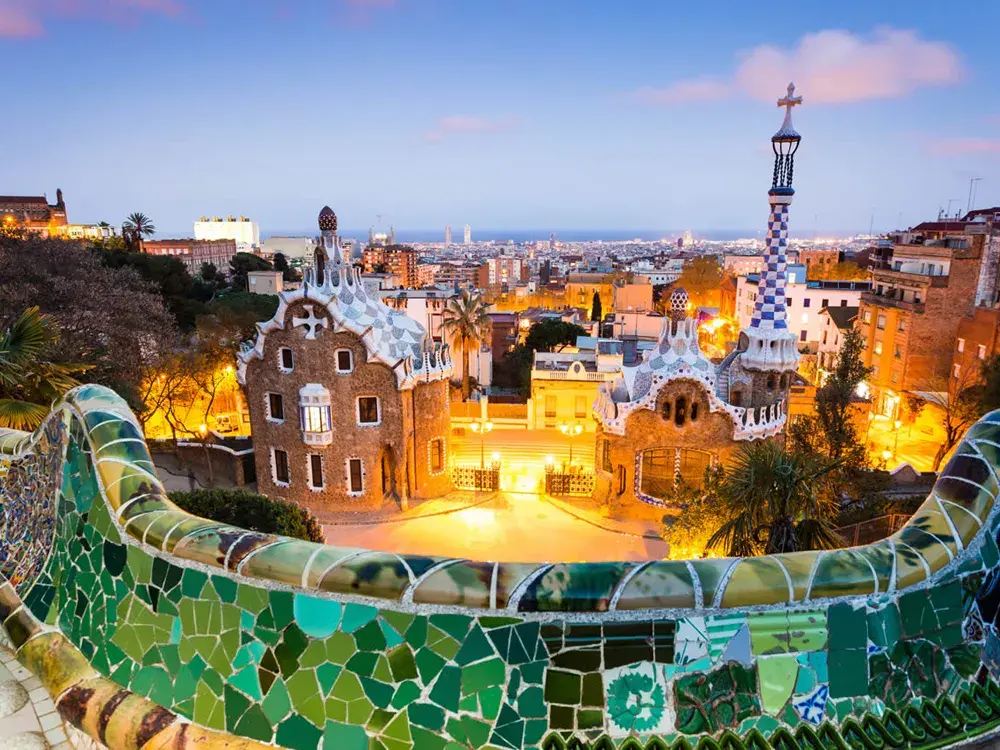

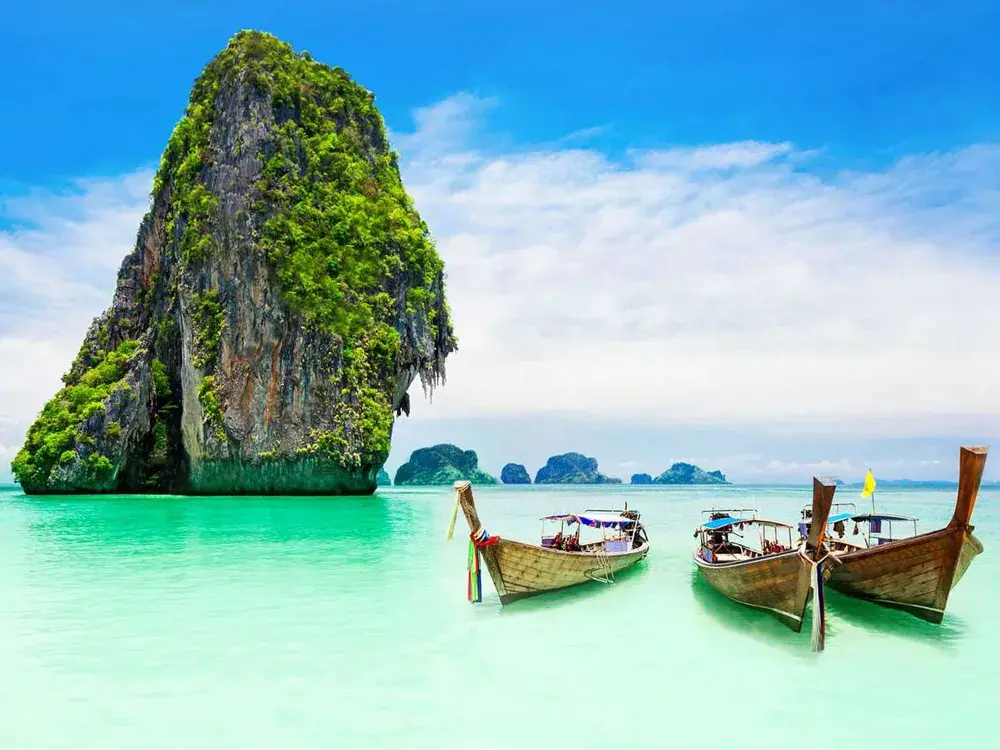
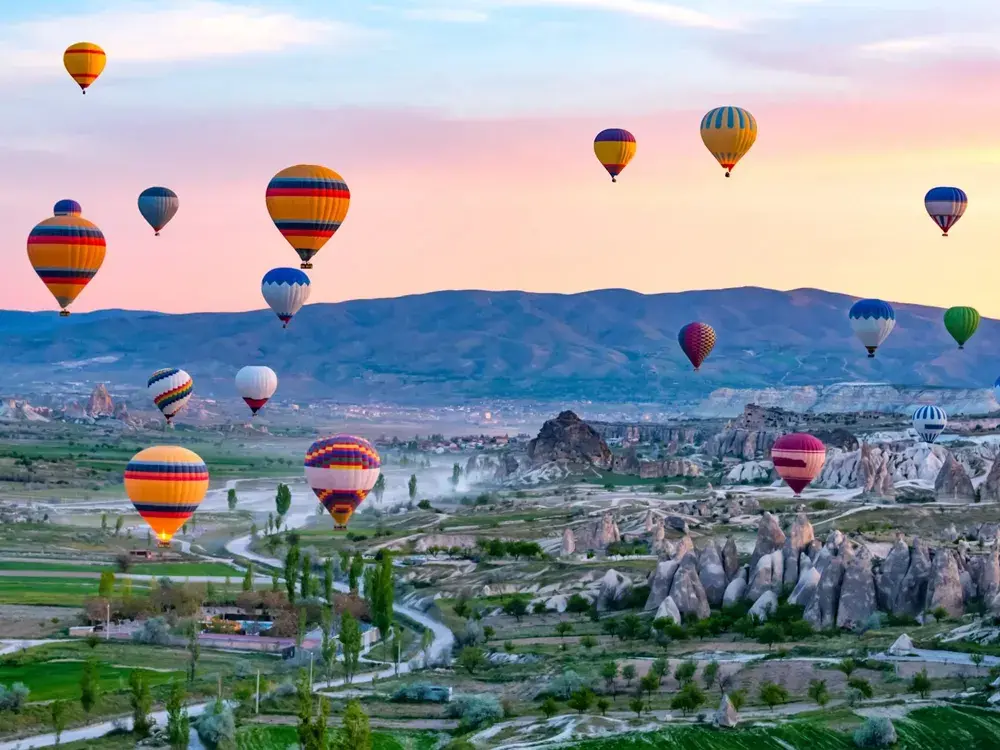
.webp)


